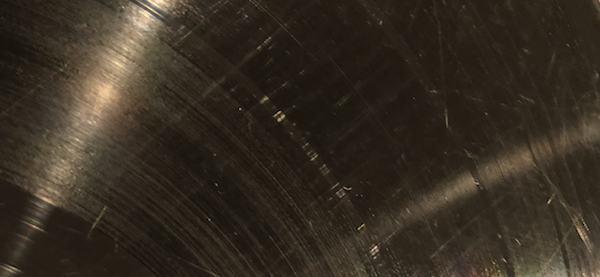I initially suspected this was nothing more than taking software libraries like Cedar/Izotope into a chip, and processing the input on the fly. I can do similar by capturing a rip, open my raw rip file in Audirvana, enable AudioUnits to invoke the Izotope declick module, and listen in realtime while it declicks the output (never touching the source file).
Or, load my rip into Izotope directly, setput the declicker and let it auto-declick the whole side. It takes longer of course, and it is a static setting (how aggressive a declick setting to use).
It sounds like the SC has more intelligence in applying the algorithm, although I am speculating, seems as if it is not applying one blanket setting across then entire LP side? My two methods above both do, so this would be a big point in favor of the SC1/SC2 technology.
Further, much to their credit, I wrote the guys at SweetVinyl who make the SugarCube and asked if I could send my 24/192 wav capture and have them declick it through the SC2 for me, and they happily agreed!
Since the unit has no idea what is feeding the analog inputs, I figured this would be possible, and it was, they explained the only possible impact would be the file would get digitized twice. The results were very impressive to my ears, it gave me a glimpse of before/after, and a chance to compare my own manual declicking with Izotope versus theirs. I want one.
Since the SC2 would save me the time of manually de-clicking, which is typically 2x actual playback time, I definitely want one, I just have to convince the household minister of finance of the value proposition and ROI....








































































